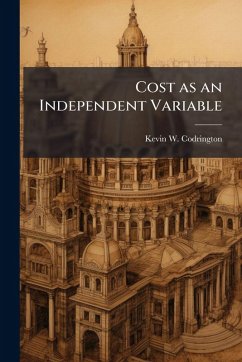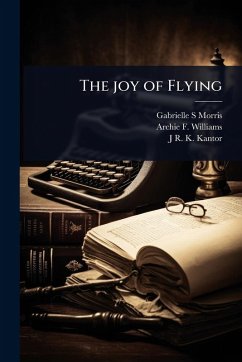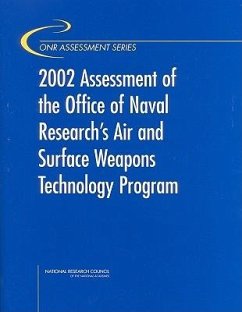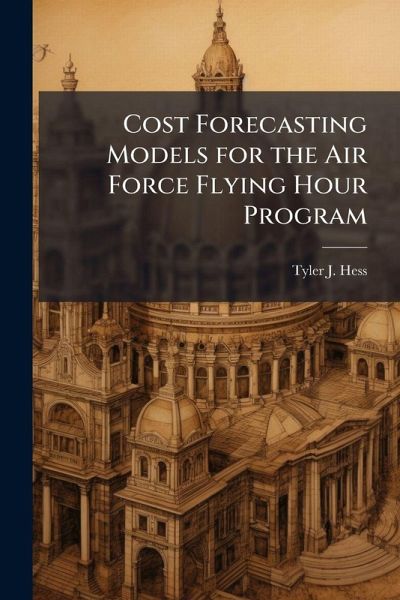
Cost Forecasting Models for the Air Force Flying Hour Program
Versandkostenfrei!
Versandfertig in über 4 Wochen
17,99 €
inkl. MwSt.
Weitere Ausgaben:

PAYBACK Punkte
9 °P sammeln!
The fiscally constrained environment in which the Air Force executes its mission places great emphasis on accurate cost estimates for planning and budgeting purposes. Inaccurate estimates result in budget risks and undermine the ability of Air Force leadership to allocate resources efficiently. This thesis evaluates the current method used by the Air Force and introduces new methods to forecast future Flying Hour Program costs. The findings suggest the current forecasting method's assumption of a proportional relationship between cost and flying hours is inappropriate and the relationship is a...
The fiscally constrained environment in which the Air Force executes its mission places great emphasis on accurate cost estimates for planning and budgeting purposes. Inaccurate estimates result in budget risks and undermine the ability of Air Force leadership to allocate resources efficiently. This thesis evaluates the current method used by the Air Force and introduces new methods to forecast future Flying Hour Program costs. The findings suggest the current forecasting method's assumption of a proportional relationship between cost and flying hours is inappropriate and the relationship is actually inelastic. Prior research has used log-linear least squares regression techniques to forecast Flying Hour Program cost, but has been limited by the occurrence of negative net costs in the underlying data. This research uses time series and panel data regression techniques while controlling for flying hours, lagged costs, and age to create net costs models and an alternative model by separately estimating the two components of net costs which are charges and credits. Finally, this research found neither the proportional, net costs, nor charge minus credit models is a superior forecaster. As such, the models introduced in this research may be used as a cross check for the current method. This work has been selected by scholars as being culturally important, and is part of the knowledge base of civilization as we know it. This work was reproduced from the original artifact, and remains as true to the original work as possible. Therefore, you will see the original copyright references, library stamps (as most of these works have been housed in our most important libraries around the world), and other notations in the work. This work is in the public domain in the United States of America, and possibly other nations. Within the United States, you may freely copy and distribute this work, as no entity (individual or corporate) has a copyright on the body of the work. As a reproduction of a historical artifact, this work may contain missing or blurred pages, poor pictures, errant marks, etc. Scholars believe, and we concur, that this work is important enough to be preserved, reproduced, and made generally available to the public. We appreciate your support of the preservation process, and thank you for being an important part of keeping this knowledge alive and relevant.



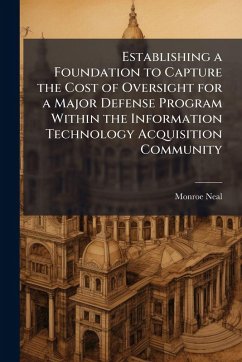




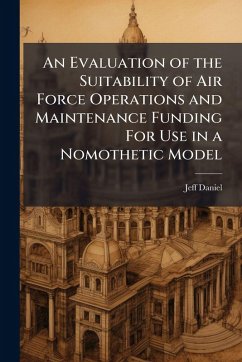
![The Levying of Duty on the Cost of Inland Freight on Imported Goods [microform] Cover The Levying of Duty on the Cost of Inland Freight on Imported Goods [microform]](https://bilder.buecher.de/produkte/65/65531/65531821n.jpg)
